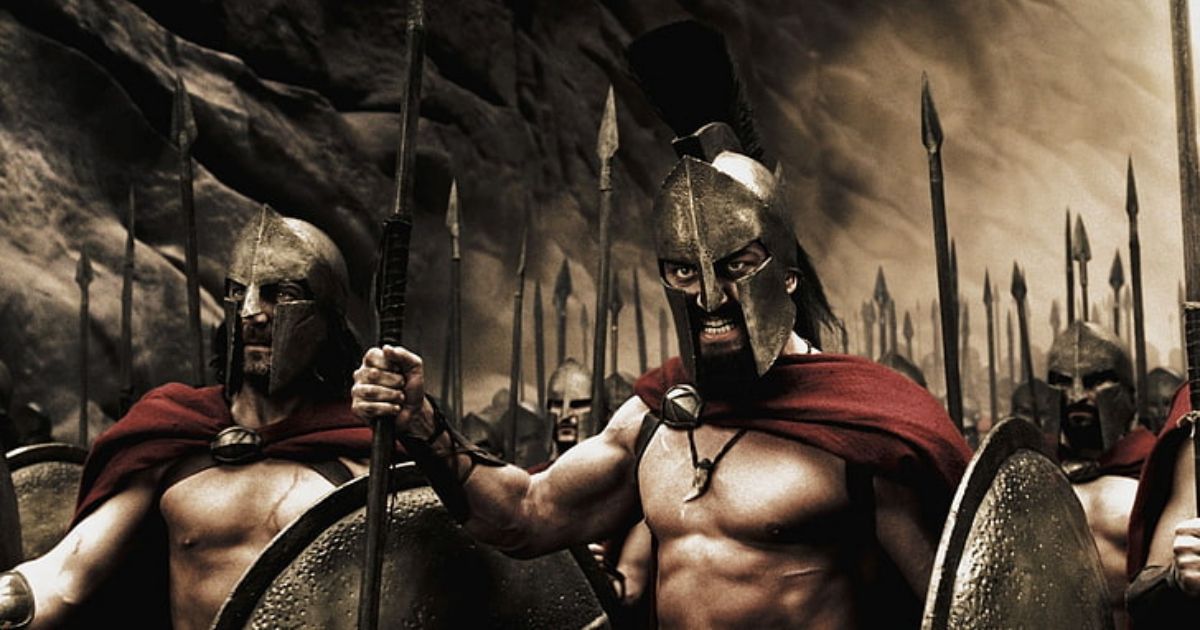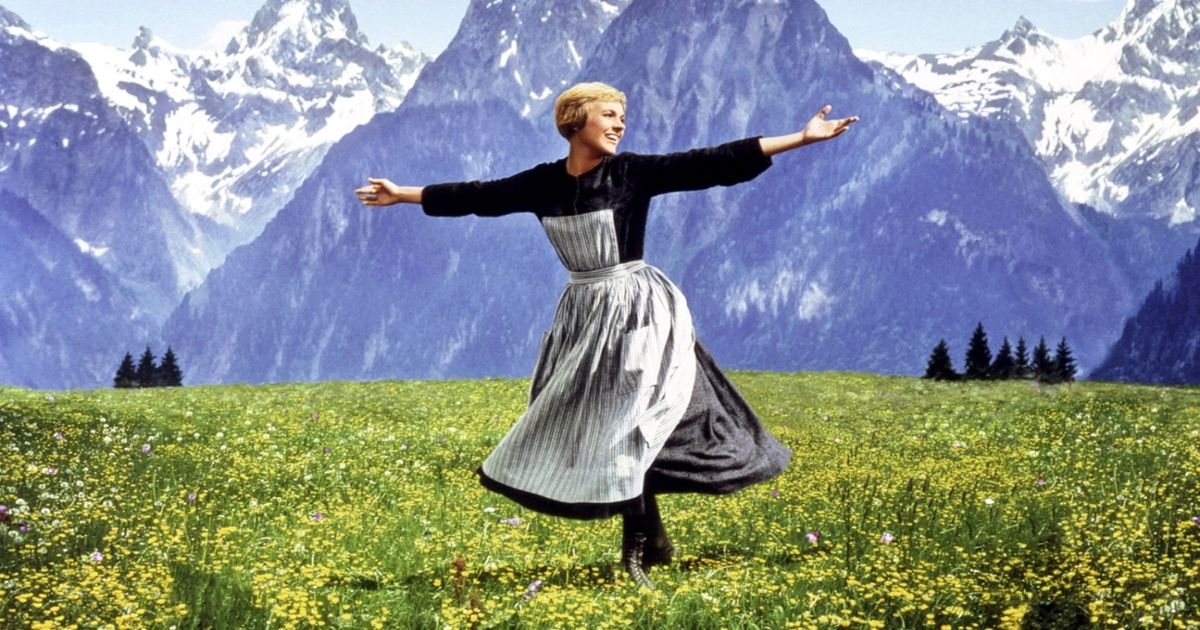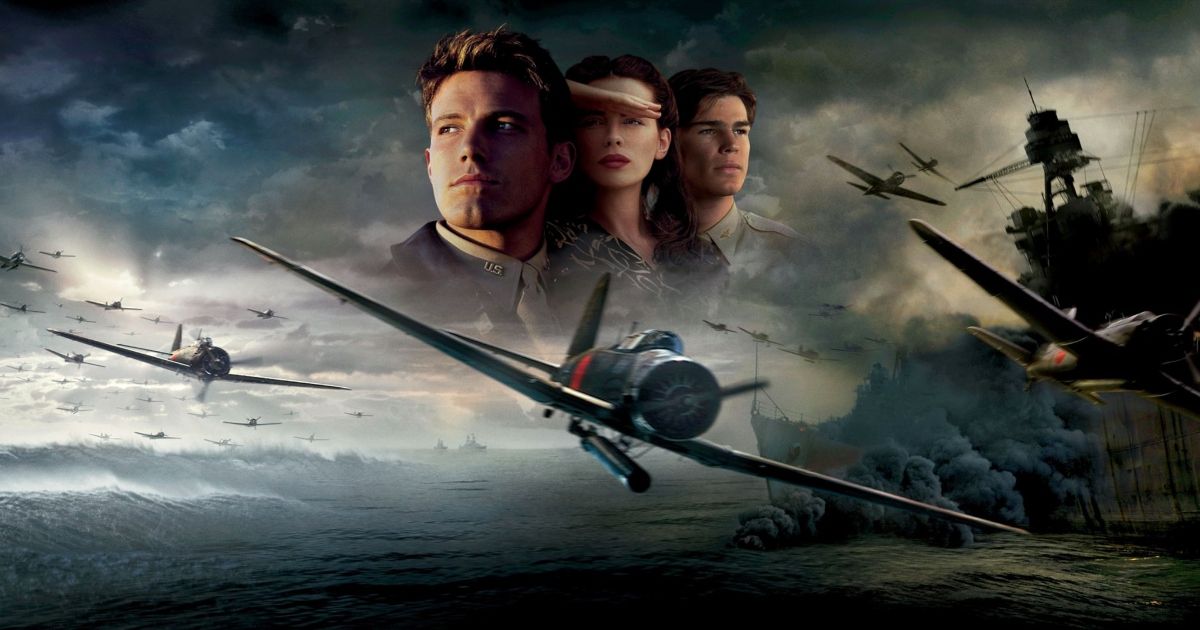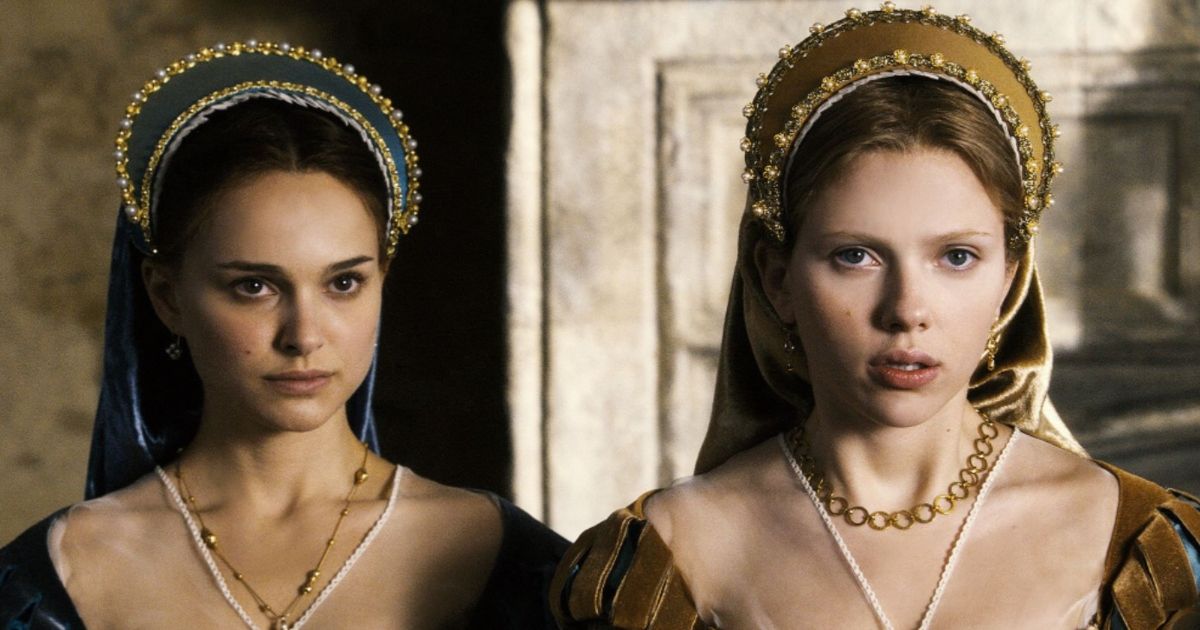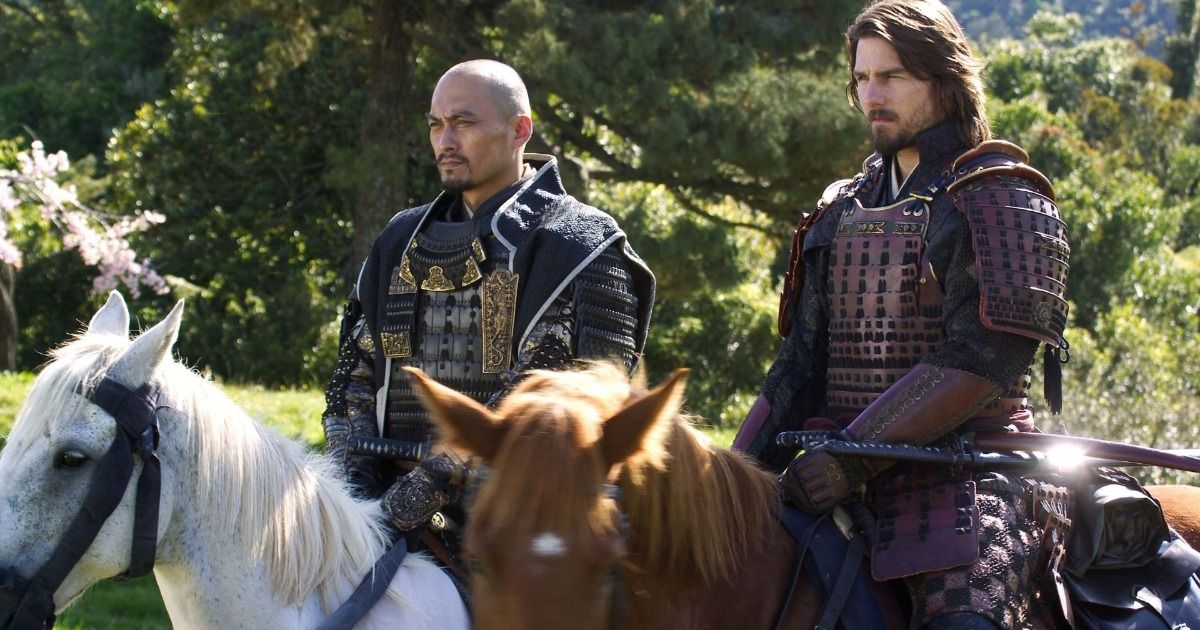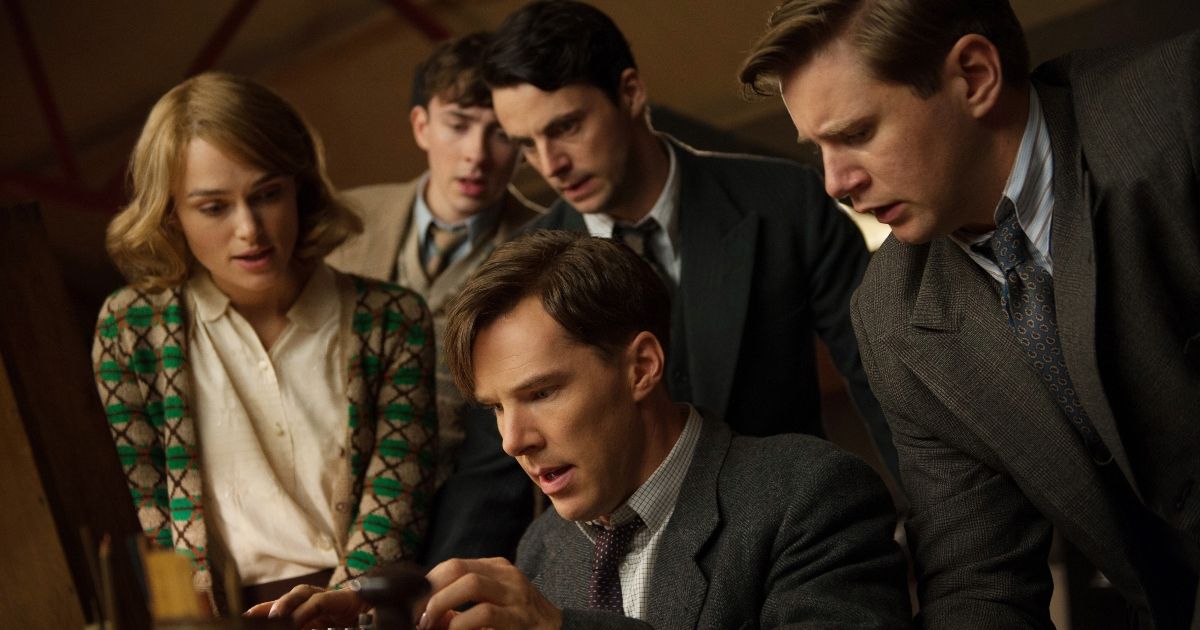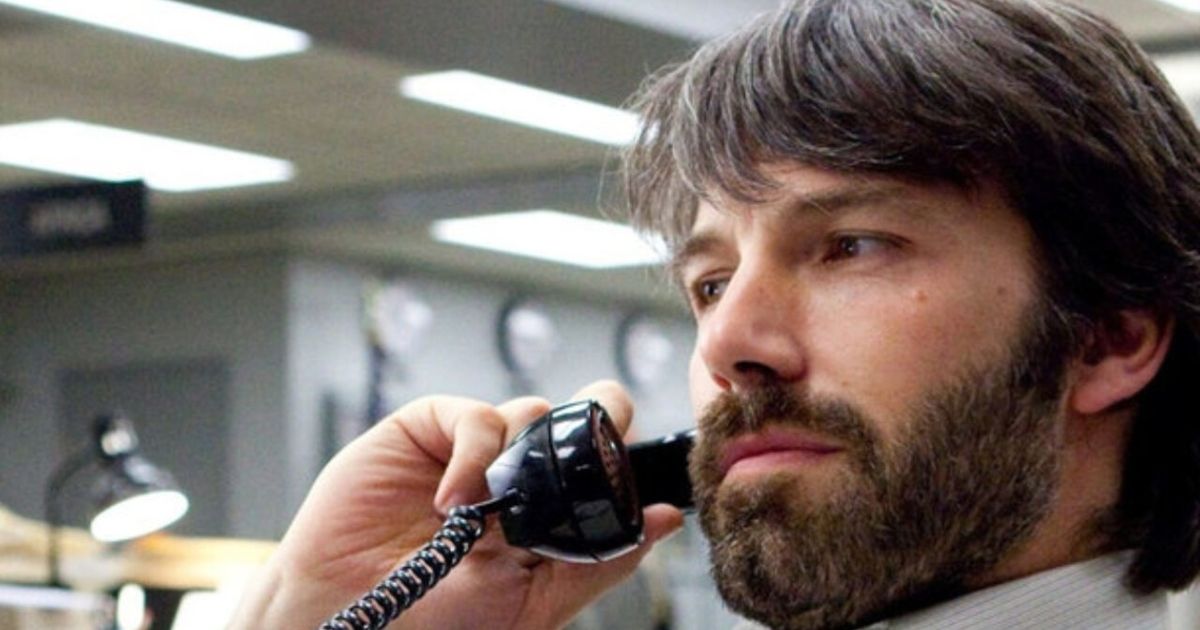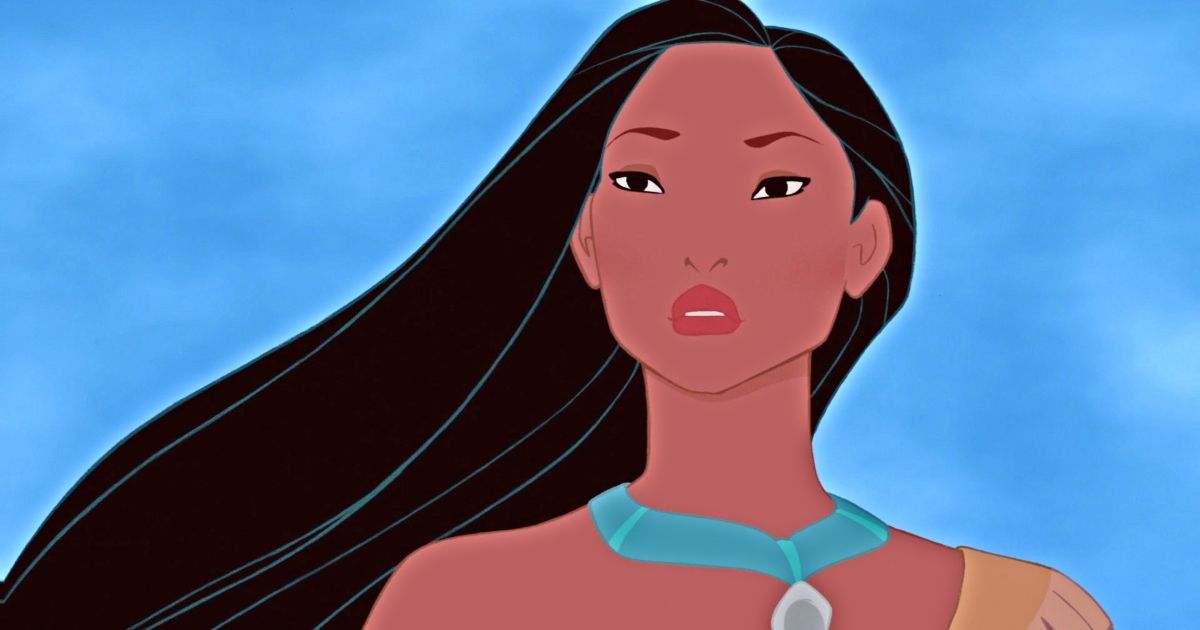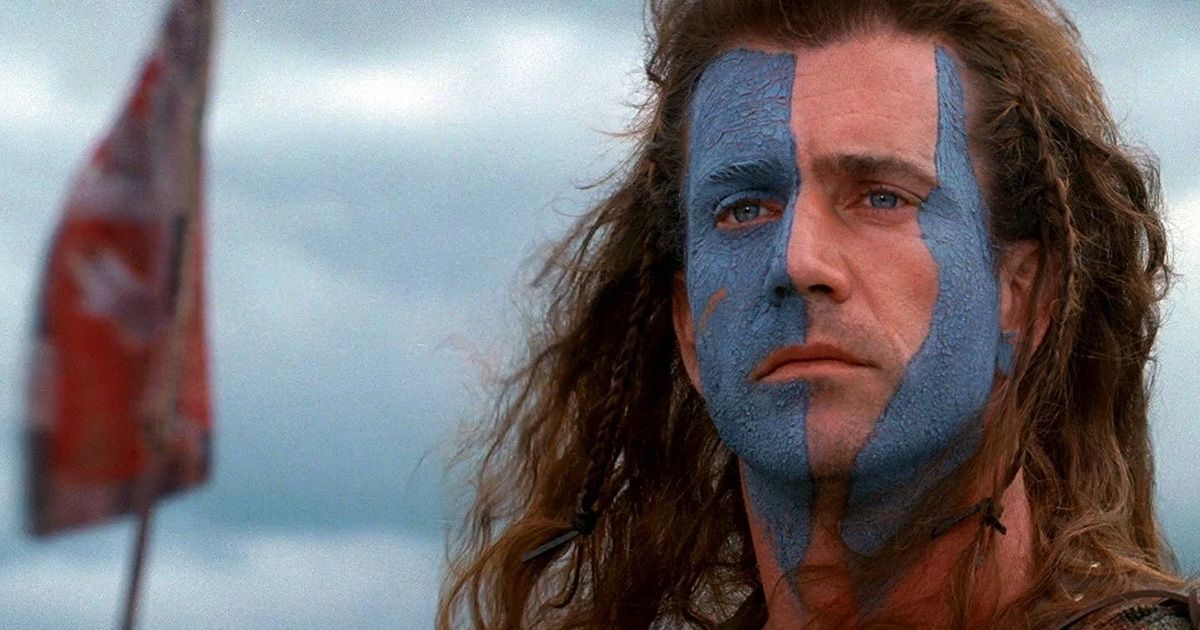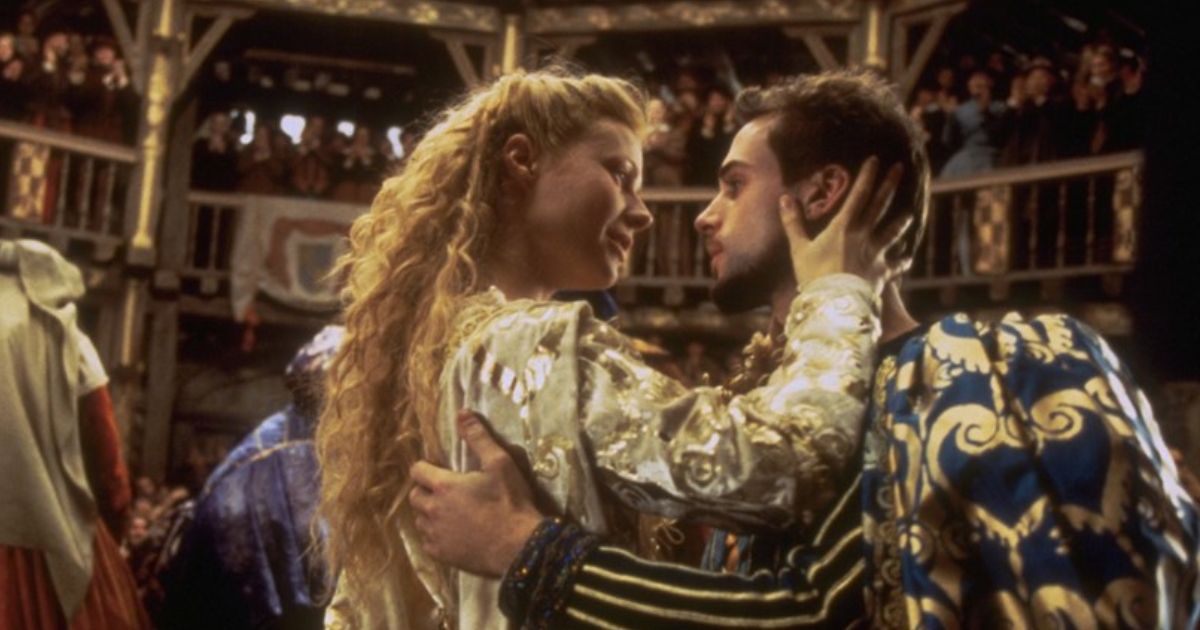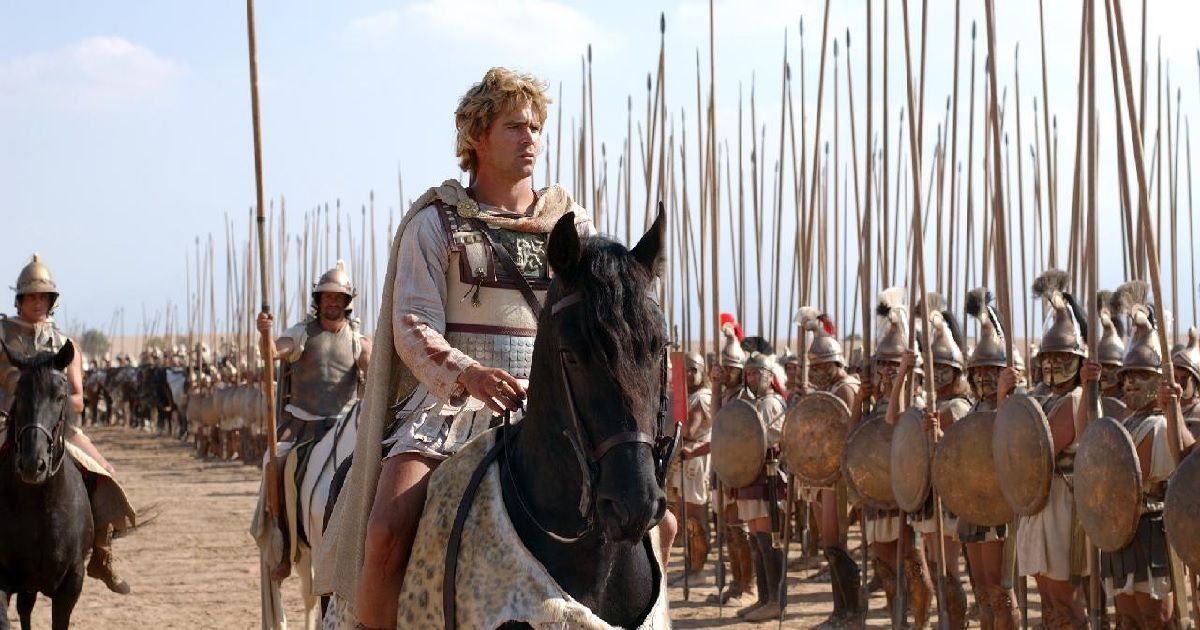Hollywood is known for taking liberties with its films. It’s no secret that film adaptations from books often make significant changes. One reason is that films must condense books into viewable runtime, therefore taking the best parts and omitting less important details. However, the same can be said for Hollywood when they undertake history projects, such as important events or the lives of prominent figures. Hollywood often embellishes details to create more appealing or exciting stories or tales that are easier to tell within the course of an acceptable block of time.
Update June 7, 2023: This article has been updated by Mona Bassil with even more films that feature pretty big historical inaccuracies.
Throughout the years, Hollywood has produced a slew of historically inaccurate films. These are movies that didn’t just tweak minor details but instead created different realities and, in some cases, entirely different storylines than what actually happened. That’s fine for the creation of art and expression (like the American Revisionist movies of Quentin Tarantino), but it’s sad when that fiction becomes reality, and many moviegoers believe it to be fact. These are some of the most historically inaccurate movies that graced the silver screen.
14 Newsies
“Look at me. I’m the king of New York.” What’s not historically accurate about over a dozen boys singing and dancing in the streets of New York City while protesting the unfair increase in the price of newspapers? Take out the music, and you have a story loosely following the very real Newsboys Strike of 1899. Newsies follows the fictional character of hobo Jack Kelly and his band of misfits as they go on strike and rise against Joseph Pulitzer and his new unfair newspaper regulations.
In addition to the 1992 film, Newsies is also a Tony award-winning Broadway musical. “And the world will know!” They might not know that the film creates characters by combining different real people, changes the ending of the strike, and represents Pulitzer in a totally different way.
13 The Sound of Music
“The hills are alive with the sound of music.” Musicals are not often the most accurate portrayal of real-life events. The Sound of Music centers on the Von Trapp Family singers, one of the world’s best-known groups preceding World War II. Many people are familiar with the chronicling musical postulant Maria joining the family as a governess, then marrying widowed naval captain Baron Von Trapp, and eventually fleeing Austria over the Alps to Switzerland to escape the Nazi invaders.
However, the family only had to cross the railroad tracks and board a train to Italy. Other inconsistencies include changing the names and ages of all the children and omitting the three that Maria and Baron later had together, along with the fact that their marriage actually happened a decade before the invasion.
12 Pearl Harbor
The attack on Pearl Harbor on December 7, 1941, was a painful moment in American history. In 2001, Michael Bay released his silver screen version starring Ben Affleck, Jennifer Garner, and Alec Baldwin. However, the movie was largely inaccurate and had little in common with reality, except for the attack itself.
In the film, after surviving the bombing, fictional heroes Danny and Rafe are sent to Tokyo to bomb the city, when in actuality, no one was sent there. The film also features the Japanese planes firing on civilians and a hospital, which they did not do. However, perhaps the biggest (and most insensitive) historical failure in Pearl Harbor is when President Roosevelt stands up from his wheelchair to make a dramatic speech, much to the crowd’s shock.
11 The Other Boleyn Girl
There are numerous films and series addressing King Henry VIII’s ill-fated marriages and relationships. Based on a novel by Philippa Gregory and directed by Justin Chadwick, The Other Boleyn Girl took many liberties with the English King’s relations with Anne Boleyn and her sister Mary. Contrary to the movie, Mary was actually older than Anne and didn’t have any children with the king. Their romance ended long before he moved on to Anne, but the creators wanted both stories to overlap to spice things up. As for Anne, she was not in France for “a few months” but stayed there for seven years.
10 The Last Samurai
Directed and co-produced by Edward Zwick, the epic action period drama The Last Samurai is set during the 1877 Satsuma Rebellion against the Westernization of Japan, and it overly romanticized Japanese culture in general and samurais in particular. There were no American Civil War veterans there, so Tom Cruise’s character, Captain Nathan Algren, was entirely fictional. Ninjas no longer existed at the time either, and guns and rifles were already widely in use, so only featuring sword fights in the movie was highly inaccurate.
9 The Imitation Game
The emotional and elegant historical thriller The Imitation Game, directed by Morten Tyldum and written by Graham Mooreand, is set in World War II. It stars Benedict Cumberbatch as a real-life mathematician and codebreaker, Alan Turing and the character decrypts German intelligence messages to assist the British government after inventing the groundbreaking electromechanical machine nicknamed The Christopher, supposedly after his childhood friend.
In reality, The Christopher was actually called Victory, and it was a team effort with several machines over the years, involving Polish cryptanalysts back in the 1930s, namely one Marian Rejewski, as well as mathematician Gordon Welchman. The film was also criticized for downplaying Turing’s homosexuality by exaggerating his feelings for his fiancée Joan Clarke, portrayed by Keira Knightley. He was also much more sociable and humorous than the movie led on, and there is no conclusive evidence that he took his own life.
8 Gladiator
The epic film Gladiator, which catapulted Russell Crowe’s career, won Best Picture at the 73rd Academy Awards, but it took many liberties with historical figures and events. First, the gladiator Maximus (Crowe) is entirely fictional. As for the Roman Emperor Marcus Aurelius (Richard Harris), he was not killed by his son Commodus (Joaquin Phoenix) but died of chickenpox. Commodus’ cruelty and perversion were highly exaggerated, and he obviously wasn’t killed in a duel with Maximus but rather strangled in his bath by his lover.
7 Argo
Directed, produced by, and starring Ben Affleck, the political thriller Argo was a box-office success and won the Academy Award for Best Picture. It centers on the rescue mission of six American diplomats in Tehran, carried out by CIA operative Tony Mendez in 1979. While the movie glorifies the American agent, it minimizes the Canadian government’s role in the hostage situation, especially that of Ambassador Taylor, when the whole ordeal was referred to as Canadian Caper.
The actual assistance of the British and New Zealand embassies is replaced with indirect blame. As for the real-life airport scene, it was extremely exaggerated for dramatic effect. The Hollywood sign, pictured decrepit in the film, was actually repaired in 1978. And finally, the Iranian president at the time, Abolhassan Banisadr, argued that Argo didn’t show most of his cabinet advocating the diplomats’ release.
6 Elizabeth
Elizabeth is a British biographical period drama directed by Shekhar Kapur and starring Cate Blanchett as Elizabeth I of England, the daughter of the aforementioned Anne Boleyn, in the early years of her reign. The movie distorted the dates to include certain events which occurred much later and portrayed the monarch as a much weaker character than she was. She was put under house arrest at Woodstock Palace, not Hatfield House.
Contrary to the film, she was fully aware that her love interest, Robert Dudley, Earl of Leicester, was married, and the latter remained a close supporter of hers until his death; he did not conspire against her at all. Mary of Guise was not killed by Walsingham but died from fluid retention; she was not related to Francis, Duke of Anjou, either. Kat Ashley, Elizabeth’s lady-in-waiting, was not the same age as hers but at least 20 years her senior.
5 300
Helmed by Zach Snyder and based on the comic series by Frank Miller and Lynn Varlet, 300 focuses on the real battle of Thermopylae that occurred in 480 BC between Spartan warriors and the Persian army. Though still outnumbered, there were about 7400 Spartans, Thespians, and Thebans, among many other factions. In the movie, not only did the fighters sport exaggerated abs, but their fight choreography was based on modern Filipino martial arts. And while Leonidas refers to the Athenians as “boy lovers,” the records clearly show that Spartan academics were themselves favorable to pederasty.
For dramatic effect, the Persian King Xerxes was given a supernatural quality and depicted as barely clad, sporting a nose ring, and covered in jewelry. It is no wonder the Iranian Academy of the Arts submitted a formal complaint to UNESCO (United Nations Educational, Scientific and Cultural Organization) that dubbed the film “an attack on the historical identity of Iran.”
4 Pocahontas
Pocahontas is among Disney’s over-romanticized animated classics. In this version, Pocahontas meets and falls in love with English Captain John Smith, a settler hoping to conquer the new world. She stops at nothing to save his life and keep the peace between her Algonquin tribe and the English.
In reality, Pocahontas was just a child when Smith arrived, and she eventually married another man before dying at the young age of 22. Even more shocking was that her real name was Amonute and that Pocahontas was her nickname, meaning “playful one” or even “ill-behaved child.”
3 Braveheart
Braveheart tells the story of Scottish warrior William Wallace (Mel Gibson) and his quest to lead his country to freedom from the oppressing English. While labeled as a historical war drama, Braveheart contains quite a few inaccuracies. In the movie, Wallace comes from humble beginnings and is just a poor Highlander.
However, in reality, historians say that Wallace was actually of noble birth. Another inaccuracy is Wallace’s romantic relations with Isabella of France, the wife of Edward II. It’s later implied in the film that Isabella is pregnant with his child. However, it’s very unlikely that the pair ever even met. The film’s ending was also changed, as Wallace was brutally drawn and quartered and not simply beheaded.
2 Shakespeare in Love
Nearly everyone knows the name of William Shakespeare. However, many don’t know the road that led the English playwright to success, and neither did the team behind Shakespeare in Love, apparently. To begin with, the characters in the film drink out of modern beer glasses, and the Queen attends a public play. In those days, the Queen would have attended a private performance in the comfort of her own court, never mind the fact that the bubonic plague was running amok and theaters would have been closed anyway.
Lastly, in the film, Shakespeare draws inspiration for Romeo and Juliet from his own experiences in forbidden romance, and his love interest, Viola, plays Juliet onstage opposite Shakespeare’s Romeo, even though women were not allowed on stage in those days.
1 Alexander
Alexander is notable in that Warner Bros. and director Oliver Stone were almost sued by Greek lawyers for portraying Alexander the Great as bisexual. Ultimately, the 25 lawyers dropped the lawsuit after previewing the film and deciding that the depiction was not as explicit as they had first feared. Other inconsistencies include the combining of three major battles into one: the Battle of the Granicus, the Battle of Issus, and the Battle of Gaugamela. Additionally, throughout the film, there are many events that may have actually occurred, but they happened in different ways, to different people, or in different locations altogether. Since the film’s premiere in 2004, there have been a whopping four Director’s Cuts released to try to clear up some of the inaccuracies.
This story originally appeared on Movieweb

